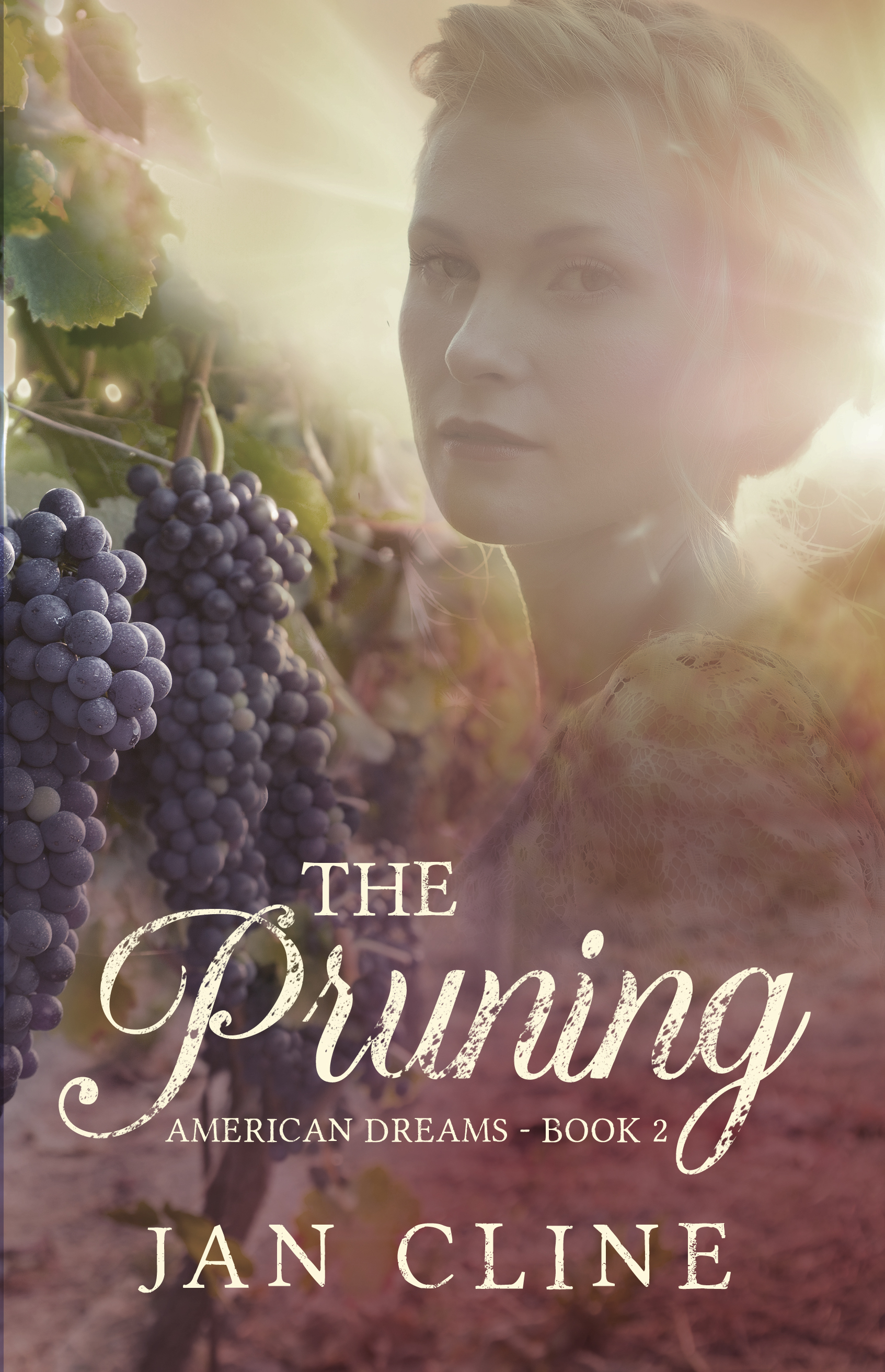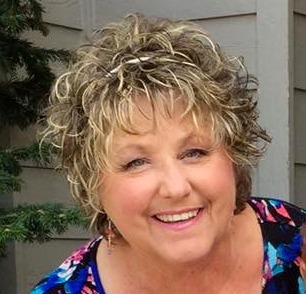Jan Cline, historical author, answers this question for us today. Here’s the latest Depression-era novel in her American Dreams series, and she’s offering a free paperback to one commenter on this blog.

It can be frustrating to us as readers to be lost from the beginning of a book, unable to be absorbed in the story because we don’t have an awareness of where the character is. As a writer, I finally discovered why that happens.
If any of you enjoy people watching, you might have observed the way folks interact, feel, and participate. People at a carnival act or even dress differently from what they would at a church service, or business meeting. Weather and time of day and year also come into play in how your character acts.
Our feelings and actions are often affected by our surroundings. A character in a book needs setting, a description of what they see, hear, and touch in order to do and say and feel what the author wants them to. The connection between the character and their setting should draw you into the story.
A setting that has been painted well gives the character something to bounce life off of, and goes a long way to deepen the story and the reading experience. It explains why we either trudge through the first few chapters of a book, or devour it because we feel we are there with the characters.
In the first book of my American Dreams series, Heaven’s Sky, the setting is much like another character in the story. The outer struggle of the relentless dust storms and barren land is a big part of what drives the main characters. The inner struggle is the push and pull of faith versus discouragement about circumstances. As the story of Heaven’s Skyopens, Clarissa Wilding, the main character, has been burdened by vicious dust storms for several years. One of the first lines is:
“The same contemptible dry wind that swallowed up their crops had blown across her soul, stealing her hope and things she held dear.”
That’s a character reacting to her surroundings, giving the reader a taste of whereshe is. This is the essence of book one in this series. In book 2, The Pruning, which has just released, the story continues in a new setting. The Pruningtakes the same family to a new place, quite different from their old home. As they move to a vineyard in Washington State, the dynamic changes of setting from dry and fruitless, to green and prosperous, is still full of challenges for Clarissa. The contrast of the vineyard setting shows us that even when our life’s setting or circumstances change drastically, the solid foundation of our faith, and our trust in one another, steadies us through the hard times.
I hope you have a better grasp on why some books grab you from the start, and I hope you’ll read both my stories.
Thank you, Gail, for an opportunity to share.

Follow Jan on Facebook: Jan Cline Author
Sign up of her newsletter and receive a free short story: jancline.net/subscribe
Invite Jan to speak at your women’s event: jancline.net/speaking
See all of Jan’s books here: jancline.net/books

Yes, it can be very frustrating to start a book that the summary sounds interesting and then just not be able to make a connection with. I am unfortunately reading one now like this. Your books sound very interesting, Jan especially going from dry and barren to lush and green
I can imagine it would be quite the adjustment for your characters.
Thanks Deanne. I know some readers just plow through the book no matter how uninteresting it might be, but I tend to put the book down and move on. I hope the one you’re reading gets better! Thanks for stopping by.
This is insightful, Jan: “ … the setting is much like another character in the story.” I write non-fiction, but stories to help make the point are essential because I tend to yawn through non-fiction books that have no story. And with story, the setting is important, as you said so well!
Hi Marlys, You make an important point….fiction writing techniques are also valuable tools for non-fiction. Having that knowledge in your head as you write non-fiction will deepen your writing as a whole. Best wishes in your storytelling!
Great thoughts on setting as part of character development. I also enjoy reading more when the author can involve all my senses (e.g. the smell of fresh-baked bread, the midst of a light drizzle against my face, the sound of distant thunder). Enjoyed this post immensely; will be following Ms. Jan and her writing.
Thanks J.D., connecting readers with the senses is crucial to providing enjoyment of the story you’re trying to tell. Thanks for mentioning that. It’s often overlooked by many writers. I love reading stories that draw me in and make me feel something!
The Great Depression era is a favorite time frame of mine for reading inspiring stories. Your blog brings the promise of a satisfying read.
Hi Cleo! I hope you will read them and enjoy! It’s also a favorite era of mine!
Jan, I too find that era fascinating. I enjoy history of all kinds, but that era had so much life to it. A great regret I have is not asking my grandparents, my mother, and my in-laws about their lives. And I should have recorded as much as I could. So, today as I write, I have to do research that sometimes leads somewhere. I could have had more and better first-hand information. Their memories were so rich. This book sounds like a great experience waiting to happen.
Oh Donevy, I so much can relate to your regret about not recording family history when I had the chance. When I teach other writers, I always encourage them to get their history down before it’s too late. I hope you will read my series – the last book to come will be based on that family history I talk about. Blessings!
Your explanation of setting is an excellent description of how a reader becomes immersed in the story. It’s helpful to name a feeling that is experienced with reading. I look forward to reading your books!
Thank you, Irene. I’m glad it was helpful. Who doesn’t love closing a book, only to wish it hadn’t ended quite yet? That’s what makes me know the author did a great job reeling me in! Blessings!